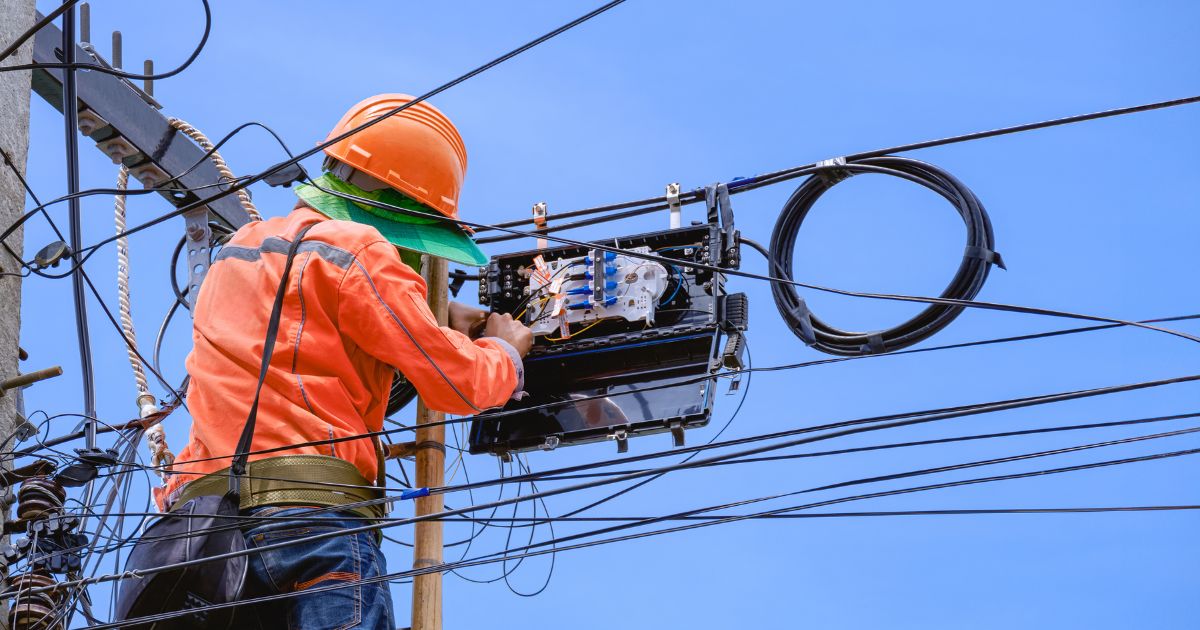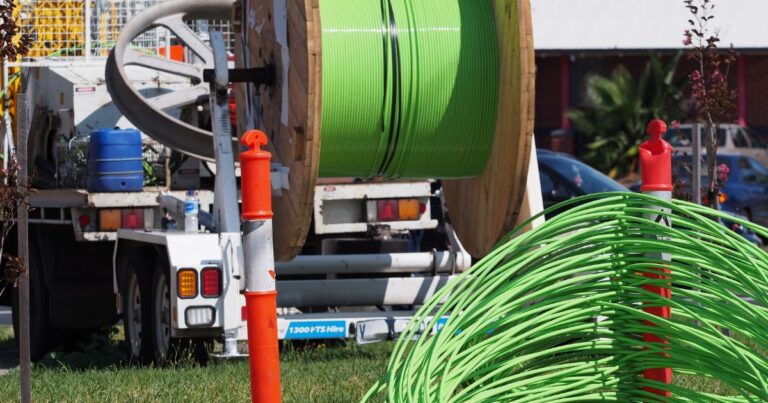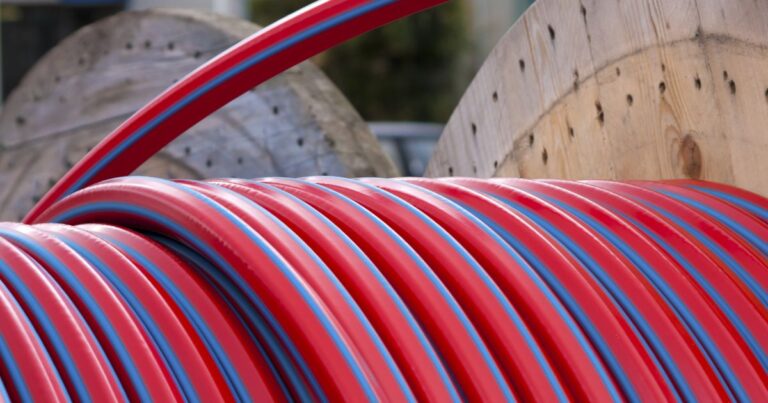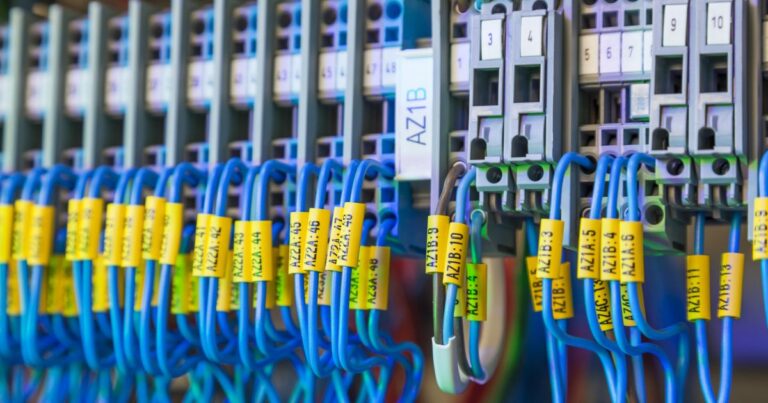
Fiber Optic Cables FAQ Blog
Fiber optic cables have revolutionized the world of telecommunications and data transmission, offering unparalleled speed, reliability, and efficiency. As technology advances and the demand for high-speed internet and data transfer increases, understanding fiber optic cables becomes crucial. This blog aims to answer frequently asked questions about fiber optic cables, providing a comprehensive guide to their applications, benefits, and future.
What are Fiber Optic Cables?
Fiber optic cables are thin strands of glass or plastic that transmit data as light signals. Unlike traditional copper cables, which use electrical signals to carry information, fiber optic cables leverage the speed of light, resulting in significantly faster and more reliable data transmission.
How Do Fiber Optic Cables Work?
Fiber optic cables work by transmitting light signals through their core. These light signals are generated by lasers or LEDs and travel through the cable by a process called total internal reflection. The core of the fiber optic cable is surrounded by a cladding layer that reflects the light back into the core, preventing signal loss and allowing the light to travel long distances without degradation.
What are the Different Types of Fiber Optic Cables?
There are two main types of fiber optic cables: single-mode and multi-mode.
- Single-Mode Fiber (SMF): These cables have a small core diameter, typically around 9 microns, and are designed for long-distance communication. Single-mode fibers are used in applications like long-haul telecommunications and high-speed data networks because they can transmit data over vast distances with minimal signal loss.
- Multi-Mode Fiber (MMF): These cables have a larger core diameter, usually around 50 to 62.5 microns, allowing multiple light signals to travel simultaneously. Multi-mode fibers are ideal for shorter distances, such as within buildings or campus networks, where high data transfer rates are required over relatively short spans.
What are the Advantages of Fiber Optic Cables?
Fiber optic cables offer numerous advantages over traditional copper cables:
- Higher Bandwidth: Fiber optic cables can carry significantly more data than copper cables, making them ideal for high-speed internet and data transfer applications.
- Faster Speeds: Since data is transmitted as light signals, fiber optic cables provide much faster transmission speeds compared to electrical signals in copper cables.
- Longer Distances: Fiber optic cables can transmit data over longer distances without significant signal loss, making them suitable for long-haul telecommunications.
- Immunity to Electromagnetic Interference: Unlike copper cables, fiber optic cables are immune to electromagnetic interference (EMI), ensuring reliable data transmission in environments with high electrical noise.
- Security: Fiber optic cables are difficult to tap into without disrupting the signal, providing enhanced security for data transmission.
What are the Common Applications of Fiber Optic Cables?
Fiber optic cables are used in a wide range of applications, including:
- Telecommunications: Fiber optic cables are the backbone of modern telecommunication networks, enabling high-speed internet, voice, and video communication.
- Data Centers: Fiber optic cables are used in data centers to connect servers and storage devices, ensuring fast and reliable data transfer.
- Medical Imaging: In the medical field, fiber optic cables are used in imaging devices like endoscopes, providing high-resolution images for diagnostics and surgery.
- Industrial Automation: Fiber optic cables are used in industrial settings to connect sensors, controllers, and other devices, enabling precise and reliable communication in harsh environments.
- Broadcasting: Fiber optic cables are used in the broadcasting industry to transmit high-definition video and audio signals over long distances.
How are Fiber Optic Cables Installed?
Installing fiber optic cables involves several steps:
- Planning: The first step is to plan the installation, including determining the route, calculating the required cable length, and identifying potential obstacles.
- Cable Pulling: Fiber optic cables are pulled through conduits or ducts using specialized equipment to avoid damaging the delicate fibers.
- Splicing: Fiber optic cables may need to be spliced together to create a continuous link. This can be done using fusion splicing, where the fiber ends are fused together using heat, or mechanical splicing, where the fibers are aligned and held together using an adhesive or mechanical device.
- Connectorization: Connectors are attached to the ends of the fiber optic cables to allow them to be connected to other equipment. This process requires precision to ensure minimal signal loss.
- Testing: After installation, the fiber optic cables are tested to ensure they are functioning correctly and providing the expected performance.
What are the Challenges of Using Fiber Optic Cables?
While fiber optic cables offer many benefits, there are also some challenges associated with their use:
- Cost: Fiber optic cables can be more expensive to install than copper cables, especially for long-distance or complex installations.
- Fragility: The glass fibers inside fiber optic cables are delicate and can be damaged if not handled properly.
- Specialized Equipment: Installing and maintaining fiber optic cables requires specialized equipment and training, which can add to the overall cost.
- Compatibility: Not all equipment is compatible with fiber optic cables, so upgrading to fiber optics may require additional investments in compatible hardware.
What is the Future of Fiber Optic Cables?
The future of fiber optic cables looks promising, with continued advancements in technology and increasing demand for high-speed data transmission. Some trends to watch include:
- Higher Data Rates: Ongoing research aims to increase the data-carrying capacity of fiber optic cables, enabling even faster internet speeds and more efficient data transfer.
- Smaller Cables: Advances in manufacturing techniques are leading to smaller, more flexible fiber optic cables that are easier to install and can fit into tighter spaces.
- Improved Durability: New materials and coatings are being developed to make fiber optic cables more durable and resistant to environmental factors like moisture, temperature changes, and physical stress.
- Broader Adoption: As costs continue to decrease and technology improves, fiber optic cables are expected to become more widely adopted in various industries, from telecommunications to smart cities and beyond.
Take Your Connectivity to the Next Level with Remee Wire & Cable
At Remee Wire & Cable, we pride ourselves on delivering top-of-the-line fiber optic cables designed to meet the highest standards of performance, reliability, and safety. Whether you are setting up a telecommunications network, equipping a data center, or upgrading your industrial automation systems, our fiber optic cables provide the speed and efficiency you need.
Do not settle for less when it comes to your connectivity solutions. Contact us today to learn more about our wide range of fiber optic cables and how we can help you achieve seamless, high-speed data transmission. Visit our website or call our expert team now to find the perfect solution for your specific needs.


